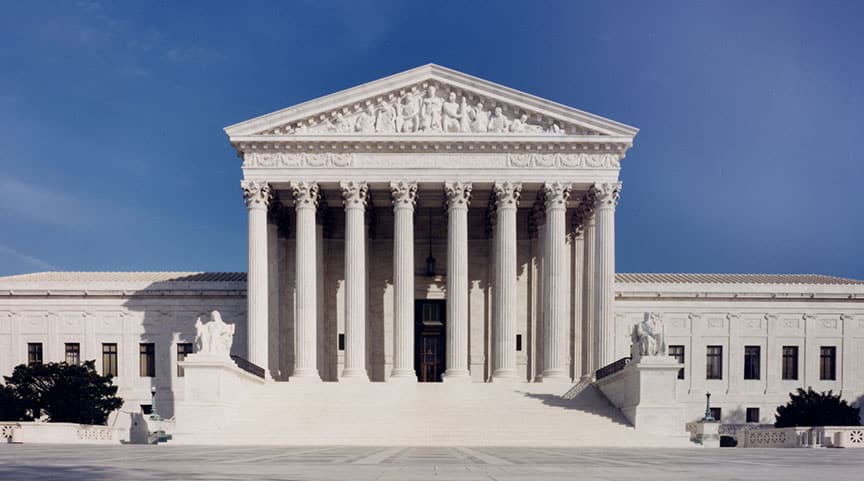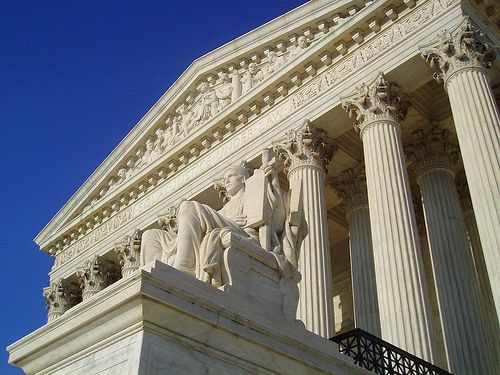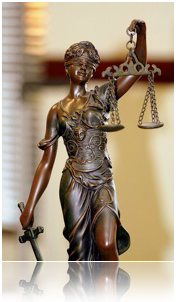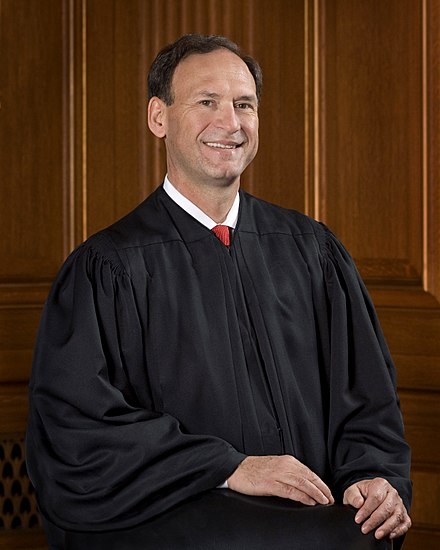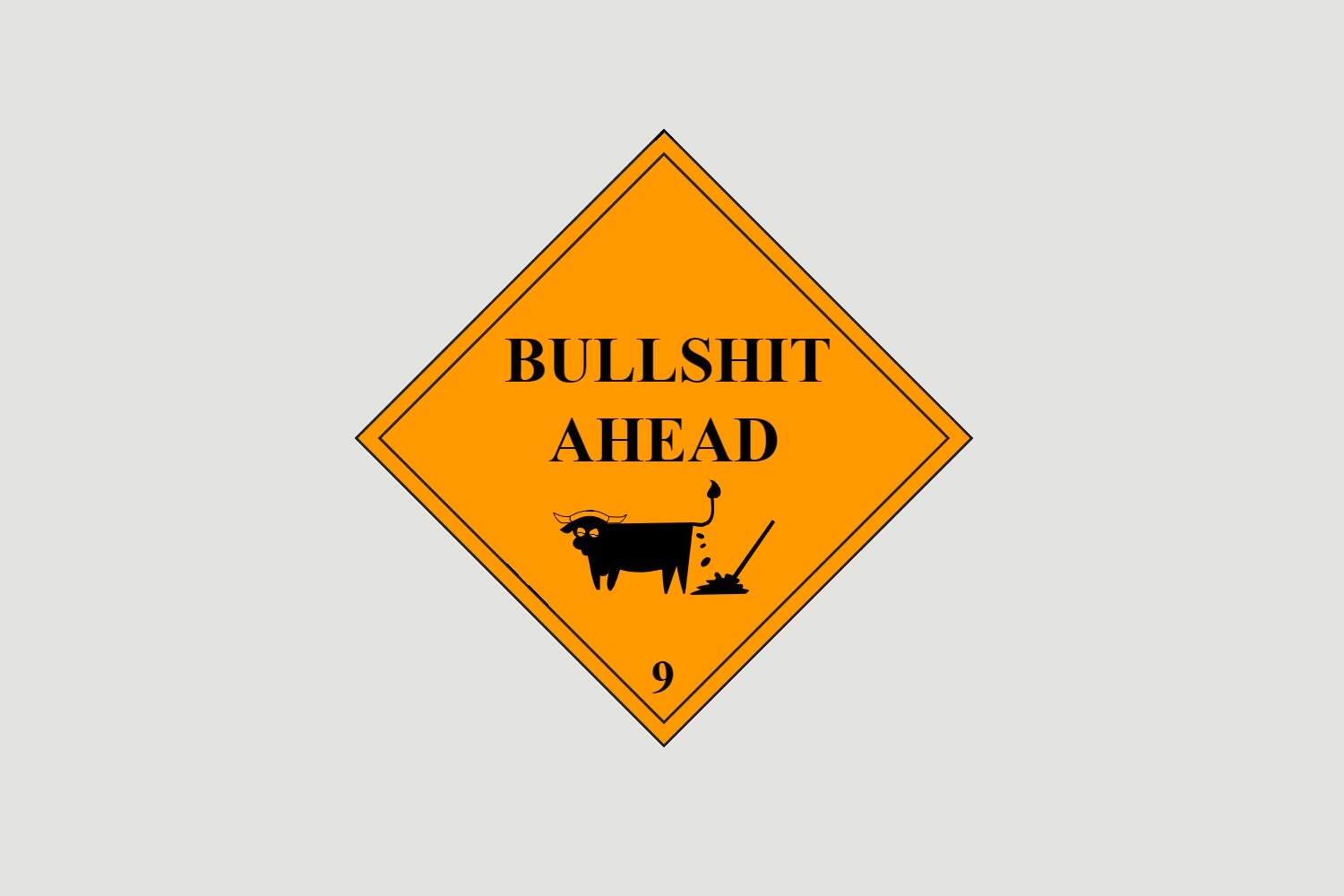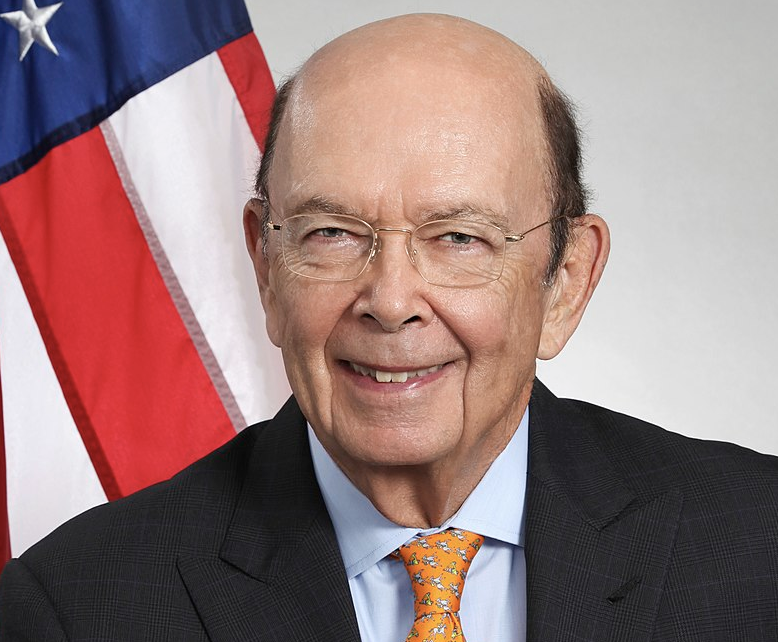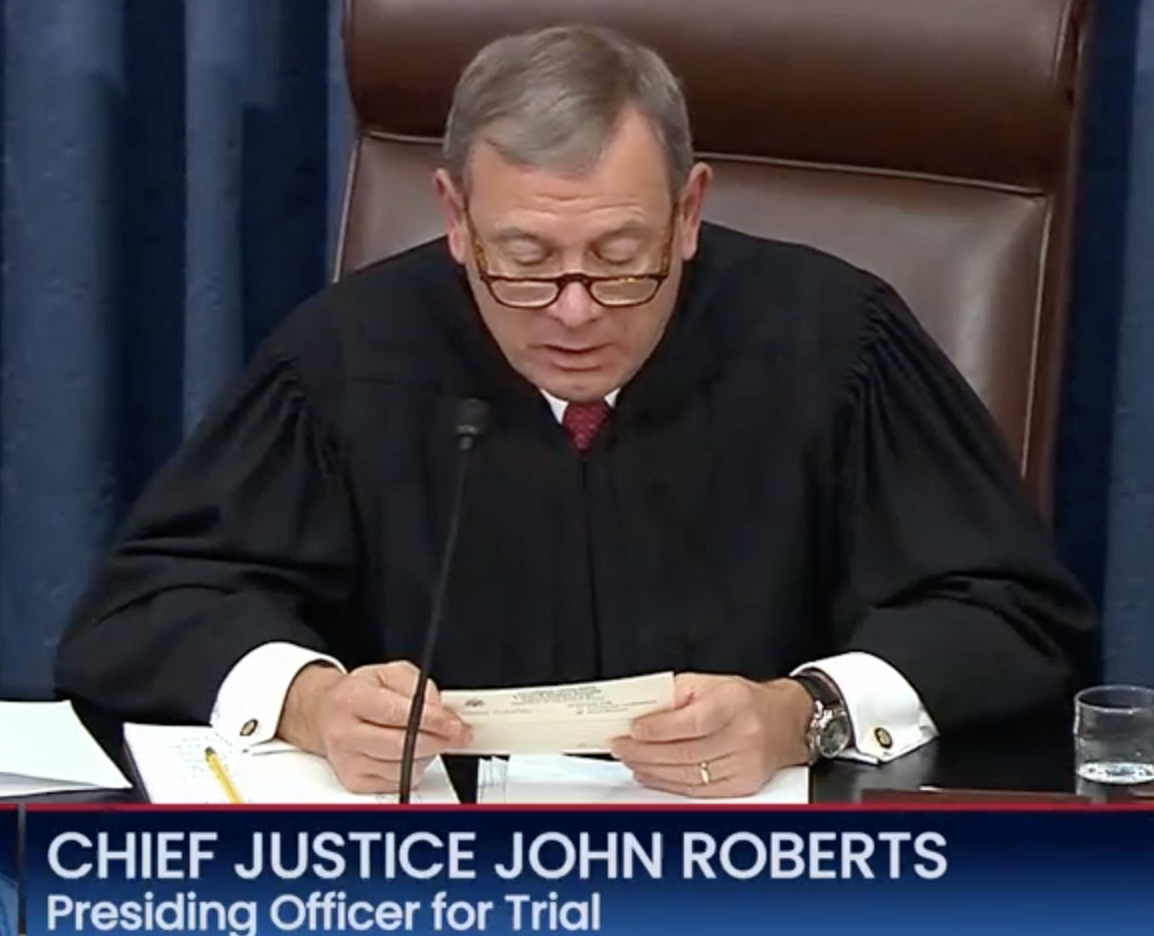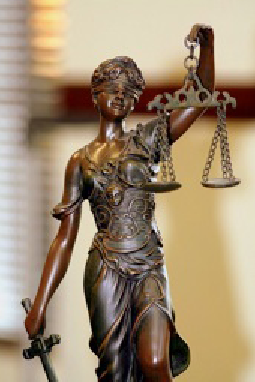Trump’s Other Immunity Claim: Stealing Boxes and Boxes of Classified Documents
Whatever else the SCOTUS grant of Trump’s immunity claim did, it provided the basis for scheduling clarity.
It seems likely SCOTUS has committed to deciding the immunity question by the end of term, in June.
That would present Tanya Chutkan with the decision of whether to try the January 6 case during the election season (it is her choice, not DOJ’s to make). She had been entertaining starting the trial in August, which would have bled into election season as it is, so she may decide to do this. If she does, it is unlikely a jury would reach a verdict before election day, but the trial would give voters opportunity to see the evidence before voting.
The decision to grant cert is as interesting for Trump’s other immunity claim — Trump’s even more frivolous claim that he can’t be prosecuted for stealing boxes and boxes of classified documents because his claimed decision to convert those government documents to his personal possession in violation of the Presidential Records Act is immune from prosecution, as well. I’ve seen some commentary that SCOTUS may have been trying to come up with a different solution but then decided to hear the case. If that’s true, the decision to hear the case came less than a week after Trump made that other claim of immunity, that he can steal classified documents with impunity. Who knows? It’s not before the court, but it may have affected their decision to hear the case.
The matter will be fully briefed by the time Jack Smith submits his brief to SCOTUS on April 8. So he can have two absurd claims of immunity to address, Trump’s claim he can steal the election with impunity, and Trump’s claim he can convert boxes and boxes of classified documents to do with as he pleases on the way out the door even if it violates the Presidential Records Act, a law passed specifically to apply to Presidents. One of the matters that had been hypothetical before the DC Circuit — that Trump might sell nuclear documents to our adversaries — has become concrete.
Given the question as posed by SCOTUS — Whether and if so to what extent does a former President enjoy presidential immunity from criminal prosecution for conduct alleged to involve official acts during his tenure in office? — I think SCOTUS may have been uncomfortable with the DC Circuit’s thin treatment of Trump’s argument that, without immunity, former Presidents could be prosecuted for things like approving the drone strike on Anwar al-Awlaki (note, when Trump raises this, he never mentions that he himself killed Awlaki’s daughter).
Former President Trump argues that criminal liability for former Presidents risks chilling Presidential action while in office and opening the floodgates to meritless and harassing prosecution. These risks do not overcome “the public interest in fair and accurate judicial proceedings,” which “is at its height in the criminal setting.” Vance, 140 S. Ct. at 2424.
Former President Trump first asserts that the prospect of potential post-Presidency criminal liability would inhibit a sitting President’s ability to act “fearlessly and impartially,” citing the “especially sensitive duties” of the President and the need for “bold and unhesitating action.”
There has to be something that distinguishes such actions from those charged against Trump. That something is likely the conversion of the Presidency to one’s own personal benefit. It’s not in the DC Circuit opinion and needs to be — all the more so given that, in Florida, Trump is claiming that he could legally simply convert boxes and boxes of classified documents to his personal property, even though the Presidential Records Act prohibits it.
It’s not in the DC Circuit opinion. But something like that has to be, some measure to distinguish the ordinary unlawful stuff Presidents are asked to authorize on behalf of the country and the venal stuff Trump did to benefit himself.
Tomorrow, Judge Cannon will hold a hearing to discuss how to schedule that trial. Her original schedule included six months of things after pretrial motions, which would put her schedule at September as well (though she’s obviously more likely to stall until after the election). But one thing she can expect is that, by June, Trump’s immunity claim will be resolved.
Update: Here’s the language from Trump’s brief that addresses this problem.
The panel opinion ignores the long history of real-world examples of Presidents engaging in actual behavior that political opponents viewed as egregious and “criminal.” Instead, keying on the Special Counsel’s arguments, the panel fretted about lurid hypotheticals that have never occurred in 234 years of history, almost certainly never will occur, and would virtually certainly result in impeachment and Senate conviction (thus authorizing criminal prosecution) if they did occur—such as a hypothetical President corruptly ordering the assassination of political rivals through “SEAL Team Six.” D.C. Cir. Oral Arg Tr. 10:19-21. Such hypotheticals provide fodder for histrionic media coverage, but they are a poor substitute for legal and historical analysis. Confronted with real-world hypotheticals—such as President Obama’s killing of U.S. citizens by drone strike—the Special Counsel conceded below that Presidential immunity from criminal prosecution for official acts likely exists and would apply, directly contradicting the “categorical,” App’x 20A, holdings to the contrary of both the appellate panel and the trial court. D.C. Cir. Oral Arg Tr. 49:18-22 (Special Counsel admitting that a “drone strike” where “civilians were killed … might be the kind of place in which the Court would properly recognize some kind of immunity”). Further, the logical presupposition of such speculative hypotheticals—i.e., that the Founders supposedly must have intended that no alleged Presidential misdeed could ever escape prosecution—is plainly incorrect and contradicts the basic premises of a system of separated powers. “While the separation of powers may prevent us from righting every wrong, it does so in order to ensure that we do not lose liberty.” Morrison, 487 U.S. at 710 (Scalia, J., dissenting).
Jack Smith’s response doesn’t really deal with this issue in depth.
7 A sufficient basis for resolving this case would be that, whatever the rule in other contexts not presented here, no immunity attaches to a President’s commission of federal crimes to subvert the electoral process. See Amici Br. of John Danforth et al., at 7. The court of appeals’ analysis was “specific” to the allegations that applicant conspired to “overturn federal election results and unlawfully overstay his Presidential term,” Appl. App. 31A, and a stay can be denied on that basis alone, leaving for another day whether any immunity from criminal prosecution should be recognized in any circumstances. See Gov’t C.A. Br. 45-49 (explaining that foreign affairs are not implicated in this case); cf. Nixon, 418 U.S. at 707, 710, 712 n.19 (reserving whether an absolute presidential-communications privilege might exist for military, diplomatic, or national security secrets).


